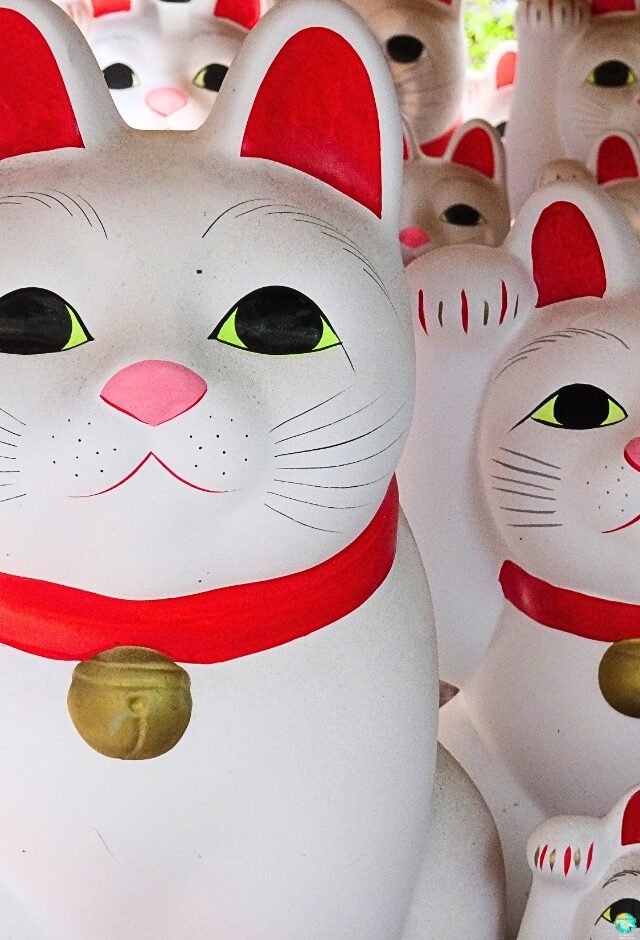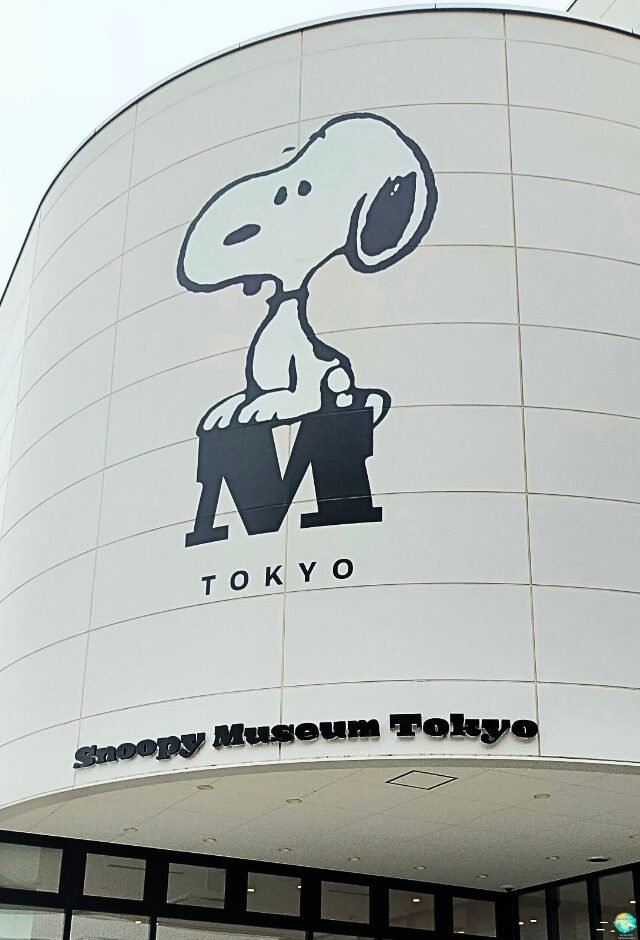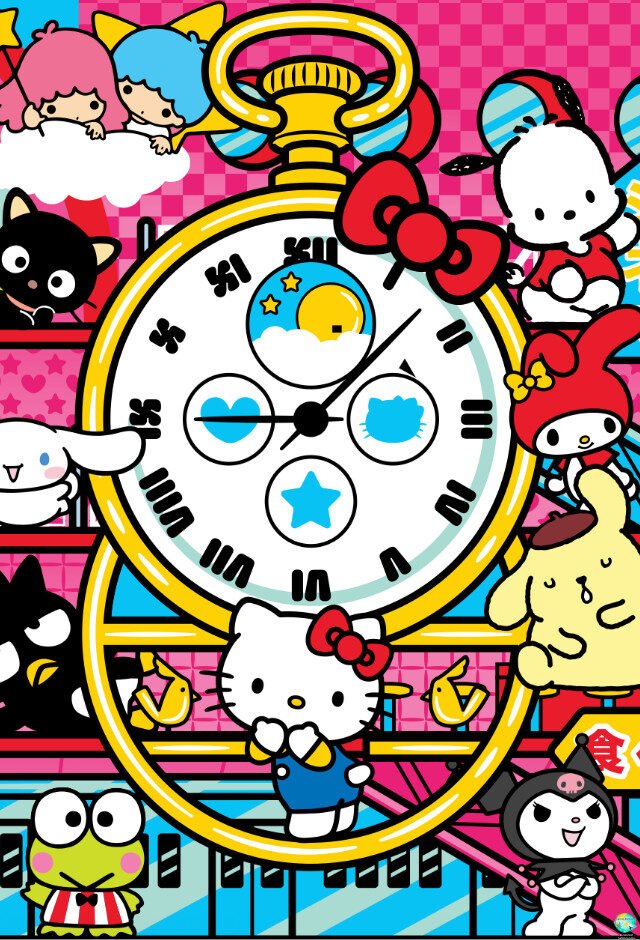Where to stay in Tokyo? That's probably one of the first questions you'll ask yourself when you start planning your trip to Japan's capital. And it's no wonder: Tokyo is a gigantic, diverse, vibrant city, with so many different neighborhoods that it's normal to feel a little lost at first.
We've been lucky enough to explore it several times, and over time we've learned that choosing the right area to stay can make the difference between a simply good experience and an absolutely unforgettable one. Are you looking for something traditional, modern, affordable, or with a lively nightlife? Tokyo has the perfect spot for you.
In this post we tell you what are, for us, the best areas to stay in Tokyo, with their advantages, what you can do in each one, and of course, our recommended hotels. Everything is designed to make your experience in Tokyo as magical as you imagine.
📝 More info ➤ Before you start, check out our Complete guide to traveling to Tokyo, with information on transportation, budgeting, and key tips.

How is Tokyo organized? What you need to know to choose a zone
Tokyo is a huge and fascinating city that never ends. It is made up of 23 special districts, which function almost like small, independent worlds. Each has its own character, lifestyle, and unique charm. Some neighborhoods seem straight out of the future, filled with neon lights, technology, and constant movement. Others, however, retain that Japanese essence we love so much: quiet streets, ancient temples, traditional markets, and a relaxed pace.
What to consider when choosing your area in Tokyo?
Choosing where to stay in Tokyo is no small decision. The city is vast and diverse, and the area you stay in can greatly influence your experience. These are the main factors you should consider before deciding.
What kind of vibe are you looking for?
Your tastes set the tone. Tokyo has neighborhoods for every type of traveler. If you're into modern, neon-lit shopping and nightlife, then Shibuya or Shinjuku go with youBut if you prefer something more relaxed, with temples, traditional streets and a calmer atmosphere, Asakusa or Ueno are ideal.
Think about what you'd like to prioritize: street food, technology, Japanese culture, history? That will guide you toward the area that best fits your vibe.
Budget
Money also weighs. accommodation In Tokyo, prices vary greatly depending on the area. GinzaFor example, it's an elegant and expensive area, ideal if you're looking for luxury. On the other hand, places like Asakusa and Ueno offer more affordable options, perfect if you're on a tighter budget.
And be careful: it's not just him accommodationSome areas are also more expensive for food, shopping, and activities. It's worth doing your research.
Connectivity
Getting around Tokyo is very easy thanks to its excellent train and subway network. However, it's a good idea to choose a well-connected area, especially if you plan to visit several parts of the city.
Neighborhoods like Shinjuku and Shibuya are major transportation hubs that allow you to get anywhere quickly. Being close to a major station can save you time and make your trip much more comfortable.
Frequently Asked Questions about Where to Stay in Tokyo
When considering a stay In Tokyo, various questions arise that can help make informed decisions about the accommodationHere are some of the most common concerns travelers have.
What is the best time to visit Tokyo?
Tokyo offers different experiences throughout the year, and the best time to visit depends on the traveler's preferences. The spring months, especially from April to early May, are ideal for the cherry blossoms in Ueno Park and elsewhere. The weather is mild and pleasant, perfect for exploring the city.
On the other hand, autumn, from September to November, offers a spectacle of tree colors and equally pleasant temperatures. However, the summer months, although vibrant, can be hot and humid, which may be uncomfortable for some visitors. During winter, from December to February, temperatures are cooler, but you can still enjoy Christmas festivities and New Year's events.
📝 More info ➤ To know everything when you start preparing your trip, consult our super complete guide to organizing your trip to Japan.
Is Tokyo a Safe City?
Overall, Tokyo is considered one of the safest cities in the world. Crime levels are low, and tourists generally feel comfortable exploring both day and night. The security system and friendly locals contribute to this sense of security.
Despite your safety, it's always advisable to take normal precautions when traveling, such as keeping an eye on personal belongings in crowded areas and avoiding deserted streets at night. Furthermore, preparation for natural emergencies, such as earthquakes, is essential, as Japan is a seismic region.
How Does Public Transportation Work in Tokyo?
Tokyo's public transportation system is extensive and very efficient. The city has a network of trains, subways, and buses that connect virtually all major areas. Train companies, such as JR East and Tokyo Metro, are operational and allow users to travel quickly. It's recommended to obtain a Suica or Pasmo card, which can be used on most public transportation and for shopping.
Schedules are punctual and service frequency is high, especially during rush hour. Signs and announcements are available in several languages, making it easier for visitors to find their way around.
📝 More info ➤ In our Post
What Areas Are Recommended for Families?
For families looking for a quieter and more accessible environment, the Ueno area is highly recommended. With its park, home to the Ueno Zoo and several museums, it's a perfect place to enjoy outdoor and educational activities. The proximity to green spaces is ideal for children and adults alike.
Another good option is Asakusa, home to Senso-ji Temple. This neighborhood not only offers a traditional atmosphere, but also has many shops and restaurants serving authentic Japanese cuisine, which can be appealing to children. Areas like Shinjuku also have plenty of activities, including plazas and shopping malls that can entertain the whole family.
Where to Find Budget Hotels?
In the vast metropolis of Tokyo, travelers looking for options accommodation More affordable travelers can find good hotels in several areas. Asakusa is known for its budget-friendly accommodations, including hostels and simple hotels that are ideal for those who want to experience Japanese culture without breaking the bank.
Shinjuku is also home to budget-friendly options, especially in the southern part of the borough, where you can find more affordable accommodations and still be close to the action. Districts like Akihabara, while more associated with pop culture, also have options for those traveling on a budget. Booking in advance and using comparison sites can be key to securing the best rates.
Top Areas - Best Neighborhoods to Stay in Tokyo
Where to stay in Tokyo: Asakusa, Japanese Tradition and Culture
Asakusa is one of the most authentic and traditional neighborhoods in Tokyo. Here you will find the Senso-ji Temple, one of the oldest and most emblematic in the city. If you're looking for a cultural atmosphere, narrow streets filled with souvenir shops, handicrafts, and typical Japanese food, this is your place.
Why stay in Asakusa:
Traditional and picturesque atmosphere.
Close to historical attractions and temples.
Great for trying local food at street stalls and family-run restaurants.
Options of accommodation economical and cozy.
Disadvantages:
It can be very crowded with tourists.
Some accommodations are basic and less modern.
Hotels in Asakusa
Here are some hotels we've stayed in or recommended to travelers looking for a good value in this area:
🛏️ Asakusa View Hotel – Rooms with views of the Tokyo Skytree.
🛏️ Juyoh Hotel– Economical, clean and well located.
🛏️ The Gate Hotel Asakusa Kaminarimon – Elegant and well located.
Must-do activities in Asakusa:
🛕 Senso-ji Temple: One of the most important and photogenic temples in the country. No matter how many times you visit, it always excites.
🍡 Nakamise Street: to try typical sweets like ningyo-yaki or buy a yukata as a souvenir.
🚤 Boat trip on the Sumida River: A different and relaxing way to see the city. You can sail to Odaiba.
🗺️ Tokyo Skytree: Just a 20-minute walk away. Climbing up to the viewpoint is a highly recommended experience, especially at sunset.
- Extra: Another point that should not be missing in things to do in Tokyo, is the Imado Shrine It is a temple dedicated to the Maneki-neko, the Japanese lucky cat. It is less known than Gotokuji, but it is believed that the legend of this good fortune amulet was born here.
📌 Dreamer Advice: Find out more about Asakusa in our Guide to what to do in Asakusa.
📝 More info ➤ Read our complete guide to the Complete guide to the Imado Sanctuary.
🎟️ Recommended experience: Guided tour of Asakusa
🎟️ Recommended experience: Skip-the-line Tokyo Skytree admission.
Samurai Ninja Museum Tokyo With Samurai and Ninja Experience
Immerse yourself in the rich history of samurai and ninja at this interactive museum. Located in Asakusa, it offers visitors the chance to try on authentic armor, learn sword fighting techniques, and practice ninja skills such as shuriken throwing and blowgun use. An educational and exciting experience for all ages.
Where to stay in Tokyo: Shibuya and Harajuku districts, the most famous area
Shibuya is the epicenter of pop culture, urban fashion, and youth life. The famous Shibuya Crossing It's one of Tokyo's most recognizable landmarks. Here you'll find shops selling the coolest brands, hipster cafes, and a nightlife full of bars and clubs.
Why stay in Shibuya:
Very well connected, with quick access to other parts of the city.
Vibrant and modern atmosphere.
Perfect for lovers of fashion and youth culture.
Plenty of restaurants and entertainment.
Disadvantages:
It can be very noisy and crowded, especially on weekends.
Prices a little higher.
Hotels in Shibuya and Harajuku
🛏️ Shibuya Excel Hotel Tokyo – Rooms with views of the crossing.
🛏️Do-c Shibuya Ebisu– Hotel with excellent location.
🛏️Hotel Resol Harajuku – Just a few minutes from Takeshita Street.
Must-do activities in Shibuya:
📸 Shibuya CrossingObviously. But we recommend seeing it from above: the Starbucks on the corner has one of the best views.
🐶 Statue of HachikoA heartwarming classic. If you like the story of the faithful little dog, this is the place.
🛍️ Shibuya 109 Shopping CenterFor fans of Japanese fashion, this building is a paradise.
🍜 Back alleys like Nonbei Yokocho: For yakitori dinners in tiny, charming places.
🎵 Pub crawl with live music or karaoke: because Tokyo at night also has its magic.
📌 Dreamer advice: For the best view, go up to the Shibuya Sky or to Starbucks in Tsutaya.
📌 Dreamer Tip: Read our guide on Guide to Pompompurin Café Harajuku
📝 More info ➤ To find out how to visit Shibuya Park if you are a geek like us, check out our guide now. Shibuya Park Guide.
🎟️ Recommended experience: Private tour of the geeky neighborhoods of Nakano, Ikebukuro, and Shimokitazawa
🎟️ Recommended experience: Free tour of Shibuya
🎟️ Recommended experience: Free tour of the Meiji Shrine and Yoyogi Park
Extra Tip: Book your Shibuya Sky ticket in advance on Klook because tickets sell out fast.
Where to stay in Tokyo: Shinjuku, Tokyo's liveliest neighborhood
Shinjuku is the liveliest area in terms of nightlife, restaurants, and shopping. Its station is the busiest in the world, with thousands of trains and subways passing through every day.
What Shinjuku offers you:
Endless entertainment options, from bars to karaoke and nightclubs.
Wide variety of hotels, from luxury to hostels.
Good spot for getting around the city and excursions outside of Tokyo.
Disadvantages:
It can be chaotic, especially during rush hour.
Not ideal for those seeking tranquility.
Hotels in Shinjuku
🛏️ Hotel Gracery Shinjuku: Famous for its huge Godzilla on the terrace. Very well located, ideal if you want to sleep literally in the center of the action.
🛏️ Citadines Central ShinjukuExcellent value and Western breakfast. Comfortable and modern.
🛏️ Tokyo Stay Shinjuku: Perfect if you're looking for something functional and clean, with a kitchen included. Very useful if you're spending several days.
Must-do activities in Shinjuku:
🌳 Shinjuku Gyoen ParkA green oasis in the midst of chaos. It's ideal for a picnic, a rest, or admiring the cherry blossoms if you go in spring.
🍜 Omoide Yokocho Alley: Also known as “Memory Lane,” it’s filled with small taverns where you can try yakitori, ramen, and other authentic Japanese dishes.
🏙️ Metropolitan Government Lookout: Free entry and spectacular views of Tokyo (and Mount Fuji on clear days!).
🍶 Golden GaiA network of narrow streets with more than 200 tiny bars. Each one has its own unique style, and many only welcome locals or small groups, but some are perfect for foreigners looking for a different experience.
Where to stay in Tokyo: Ginza, Tokyo's luxury shopping district
If you are looking for a more sophisticated experience, with wide streets, luxury shop windows and an elegant atmosphere, then Ginza This could be your ideal area to stay in Tokyo. It's the city's most chic neighborhood, full of department stores, international brand boutiques, Michelin-starred restaurants, and designer cafes.
Stroll through Ginza It's a pleasure: the avenues are clean, quiet, with modern buildings and avant-garde architecture. Although it's an expensive area for shopping, it also has a lot of charm and culture: here you'll find the Kabuki-za, Japan's most famous kabuki theater, and many contemporary art galleries.
Just a few minutes walk from Ginza is the Tokyo Central Station, one of the city's most beautiful, with its European-style architecture and access to bullet trains (Shinkansen), subway lines, and JR trains. Staying near the station is very convenient if you're planning day trips to places like Nikko, Kamakura, or Hakone.
Advantages of staying in Ginza or near Tokyo Station:
Elegant, safe and quiet area.
Perfectly connected to all of Tokyo and Japan (Shinkansen included).
Ideal for relaxed urban tourism or business trips.
A wide range of high-quality cuisine.
Disadvantages:
Very high prices.
Less traditional and more formal atmosphere.
📝 More info on getaways from Tokyo ➤ 30 Things to See and Do in Tokyo
Hotels in Ginza and Tokyo Station
🛏️The Peninsula Tokyo: All luxury and elegance.
🛏️Tokyu Stay Ginza — Excellent for business travelers or those who want comfort without paying a fortune.
Where to stay in Tokyo: Akihabara, Tokyo's most otaku neighborhood
Akihabara is the mecca of manga, anime, video games, and all things geeky. If you're a fan of this culture, this neighborhood is your paradise.
Why stay in Akihabara:
Stores selling electronics, gadgets, and exclusive figures.
Themed cafes, including maid cafes.
Youthful and dynamic atmosphere.
Disadvantages:
It's not very traditional.
It can be noisy.
Hotels in Akihabara
🛏️Best Western Hotel Fino Tokyo Akihabara – Boutique with modern design.
What to do in Akihabara:
🎮 Explore video game and retro gaming stores: Super Potato is a classic.
📚 Visit manga stores like Mandarake: A labyrinth of stories, figures, posters and rarities.
☕ Visit a maid caféYes, it's as surreal as it sounds. But it's part of the overall Akihabara experience.
🧩 Buy rare gadgets or electronic componentsIf you like tinkering, this is your place.
🎟️ Recommended experience Free tour of Akihabara
🎟️ Recommended experience Private tour of Akihabara
Asakusabashi, the cheapest area to stay in Tokyo
If you are traveling on a budget or are simply looking for a quiet neighborhood, without the hustle and bustle of the more touristy areas, Asakusabashi can be a great choice. This small district is right between Akihabara and Asakusa, so you will be close to everything, but at the same time far from the noise.
The area has a more local feel, almost like "everyday Tokyo," with residential streets, craft shops, traditional businesses, and simple restaurants where locals eat. In addition, It is one of the best neighborhoods to stay cheap in Tokyo, with guesthouses, capsule hotels and simple but very clean and safe accommodations.
🛏️ Hotel Yanagibashi: Accommodation basic, very economical and well connected.
🛏️ Hotel MyStays Asakusabashi: Very good value for money, with compact but comfortable rooms.
What to do in Asakusabashi:
🛍️ Visit craft and jewelry storesThe neighborhood is known for its bead and creative materials shops.
🚉 Get around easily on foot or by train towards Asakusa, Akihabara and Ueno.
🍣 Try sushi or ramen at local places without tourist queues or inflated prices.
Ueno, another of Tokyo's quietest areas
Ueno is a quieter neighborhood, with a large park that houses museums, a zoo, and green spaces perfect for strolling.
The good thing about Ueno:
Ideal for families and culture lovers.
Museums such as the Tokyo National Museum.
Relaxed atmosphere and affordable prices.
Disadvantages:
Limited nightlife.
Fewer commercial options.
Hotels in Ueno
🛏️Ueno Villa: Ideal for those looking to relax in a quiet area with good connections and close to everything that makes Ueno unique.
🛏️ Hotel Resol Ueno: Traditional, comfortable and with easy access to the park and main attractions.
What to do in Ueno:
🌸 Stroll through Ueno Park: Ideal for disconnecting, with lakes, temples and green spaces.
🖼️ Visit the Tokyo National Museum: To soak up Japanese history and art.
🍢 Visit the Ameya-Yokocho marketYou'll find everything from street food to fashion and souvenirs at great prices.
🚆 Take the direct train to Narita Airport: Very convenient if you have an early flight or want to avoid transfers.
Where to stay in Tokyo: Practical tips for finding accommodation
Book in advance and take care of the dates
Tokyo is a super popular destination year-round, but especially during the cherry blossom season (March-April) and New Year's. Booking months in advance can save you a lot of money and headaches.
Use comparison platforms
Tools such as Booking, Trip either Klook They allow you to filter by price, location, and amenities. Plus, read real traveler reviews.
Try alternative accommodation
Ryokans: to live a traditional Japanese experience.
Capsule hotels: if you are looking for something cheap and different.
Tourist apartments: more space and freedom to cook.
Security
Tokyo is very safe, but it's always good to follow basic precautions:
Choose well-lit and busy areas.
Use safes for valuables.
Keep digital copies of important documents.
Conclusions
As you see, Tokyo is a world of its own, with neighborhoods so distinct that it feels like you're changing cities every time you get off the subway. And that's where the magic lies: you can sleep among temples and lanterns in Asakusa, wake up in a capsule hotel in Akihabara, or watch the neon lights of Shibuya light up like something out of a science fiction movie.
🌟 Our advice: don't choose your accommodation Just by price or by "typical" things. Think about the type of experience you want, how you like to travel, and what vibe appeals to you most. Tokyo is so large (and so well-connected) that getting around is easy. But sleeping in the neighborhood that suits you best makes all the difference.
Are you unsure about your itinerary? Don't know whether to choose a ryokan, a capsule hotel, or a more local area? Write to us at 👉 info@experienceyourdream.com.au We are happy to help you put together a tailor-made trip.
📩 Subscribe to the blog if you like to stay ahead of the curve when planning your trips, and follow us on social media for more ideas, real-life advice, and doses of Japanese inspiration.
Tokyo is not visited, it is lived. So choose your base well, get lost in its streets and let the city surprise you at every turn. Because if there's one thing Tokyo has, it's that always exceeds expectations.
See you at the next destination. And you know...
The Adventure Is Worth It. 🇯🇵✨


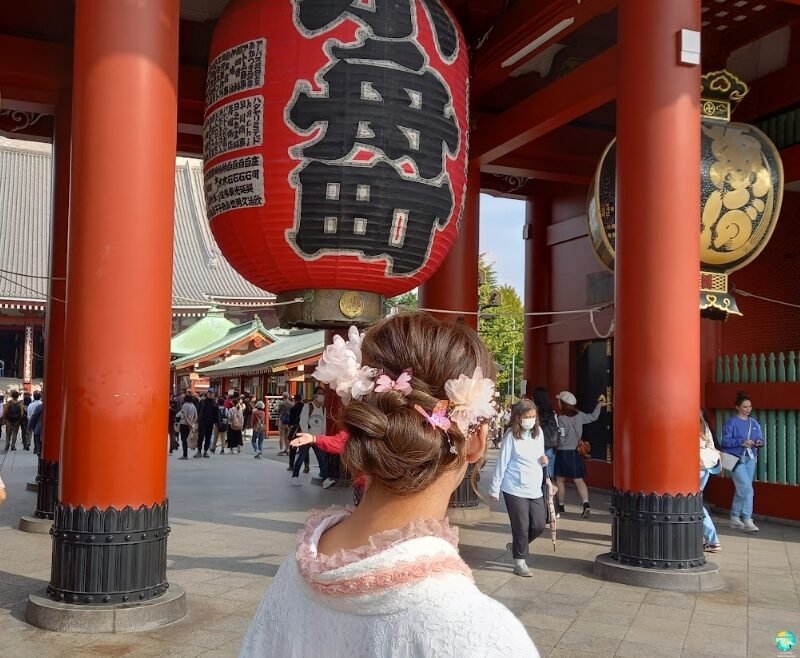



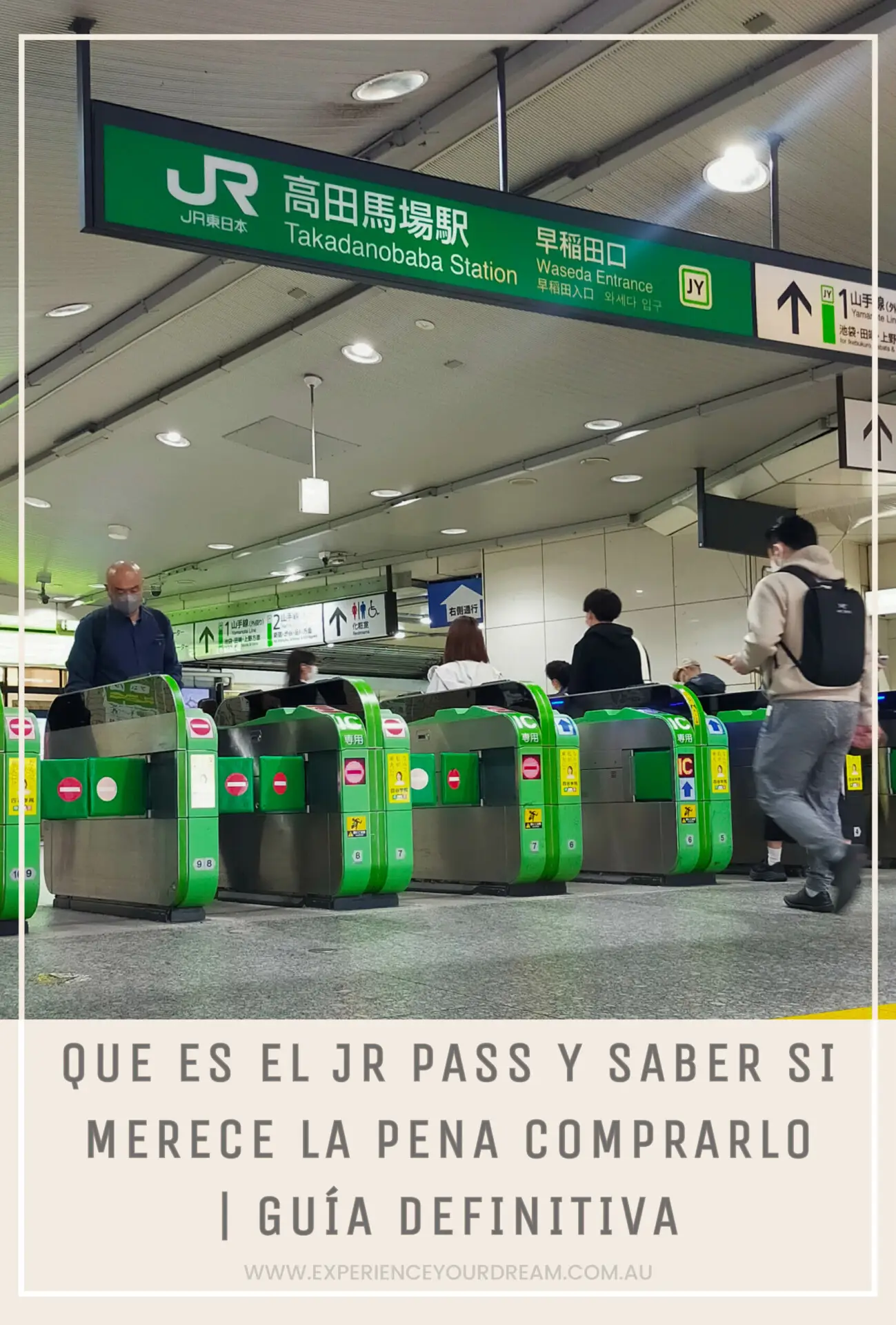














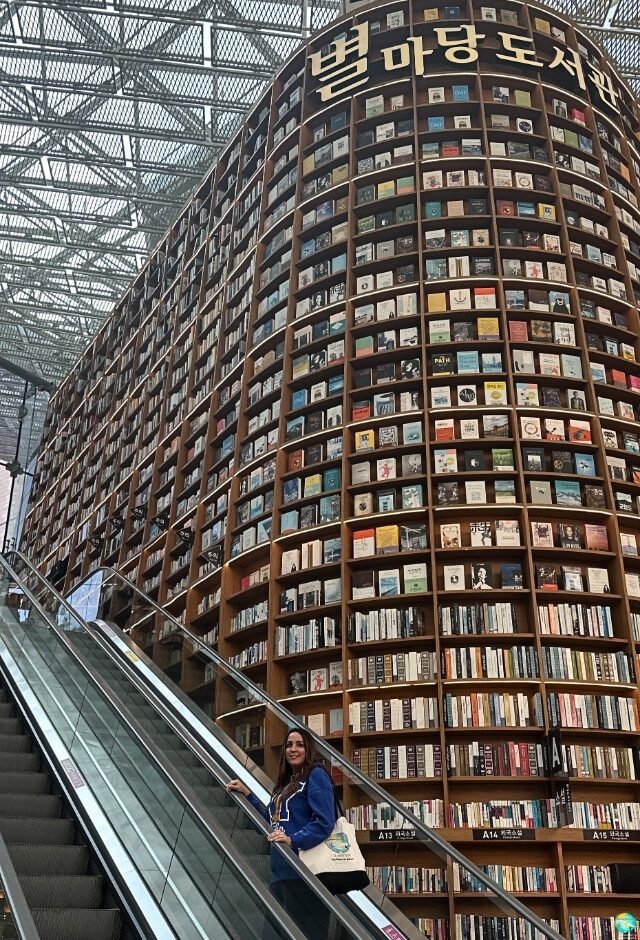
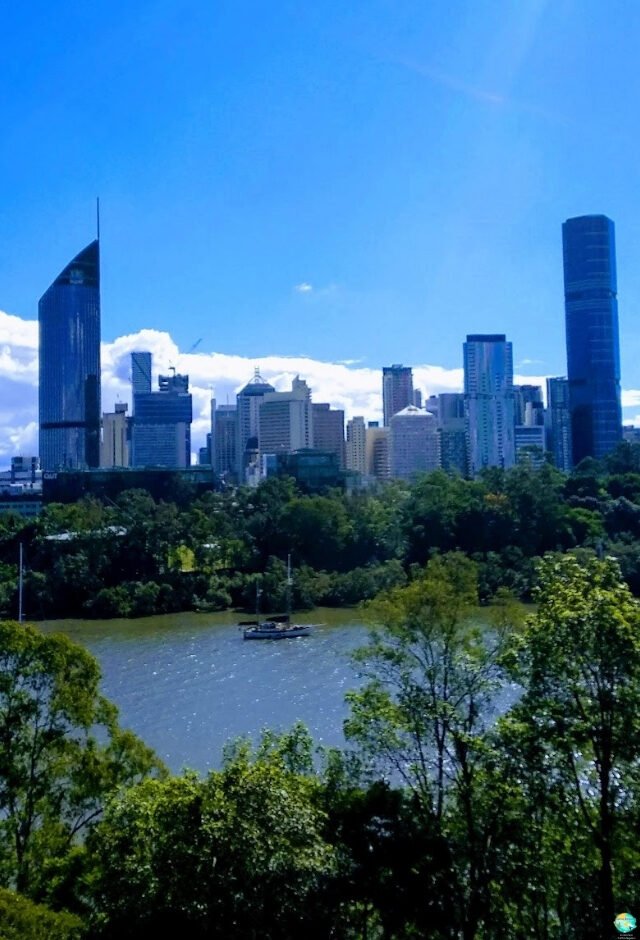









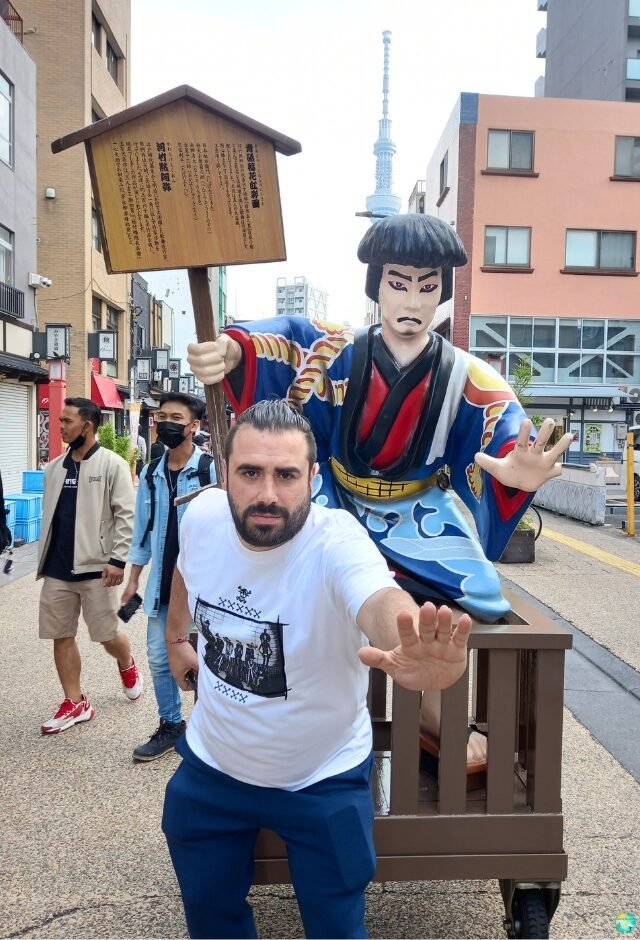

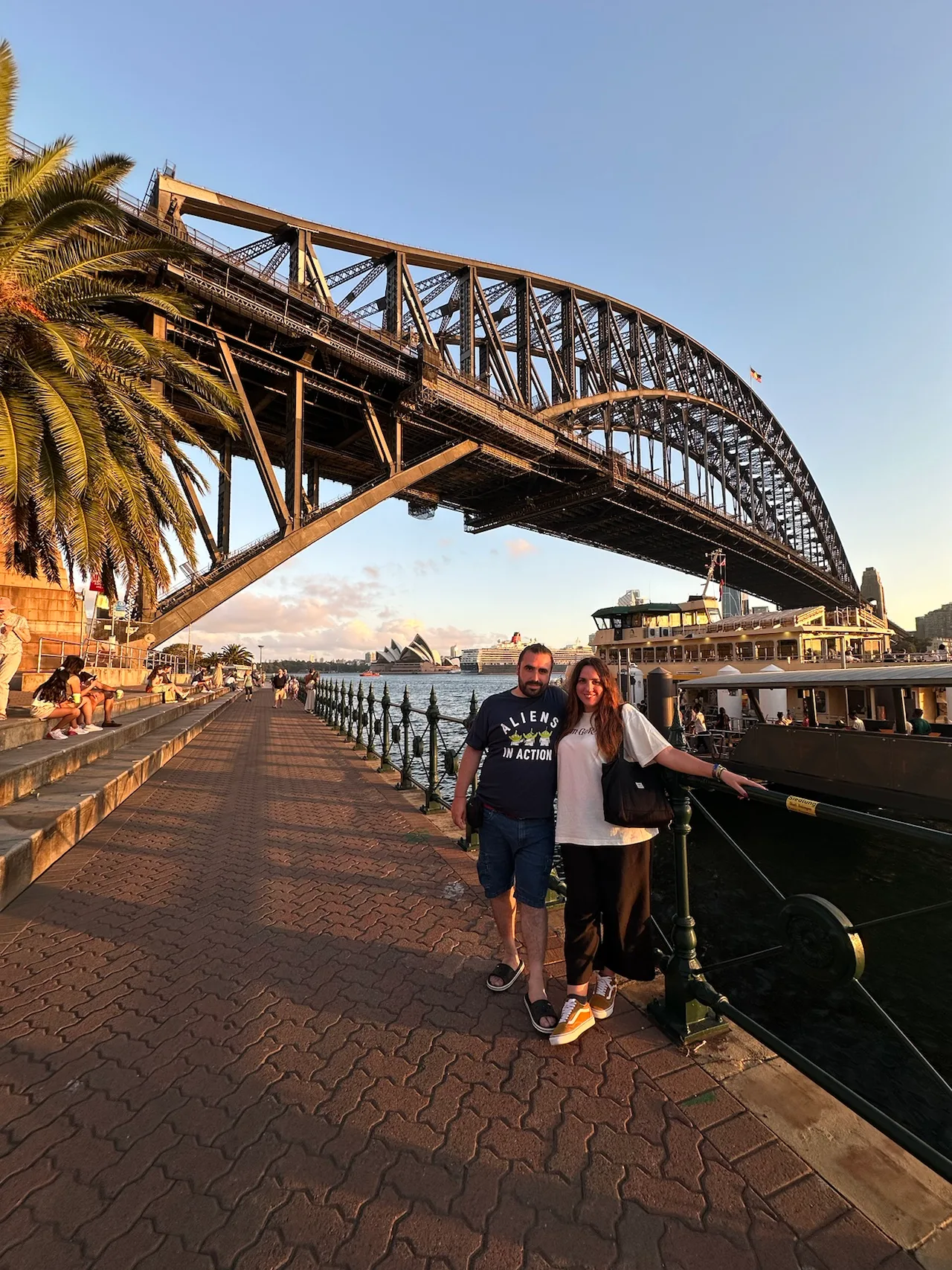
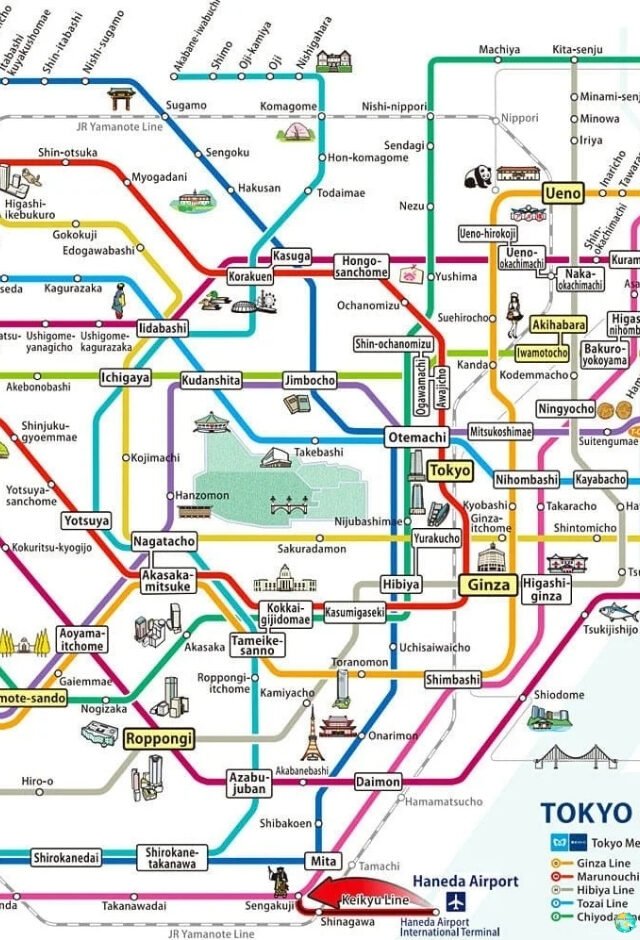
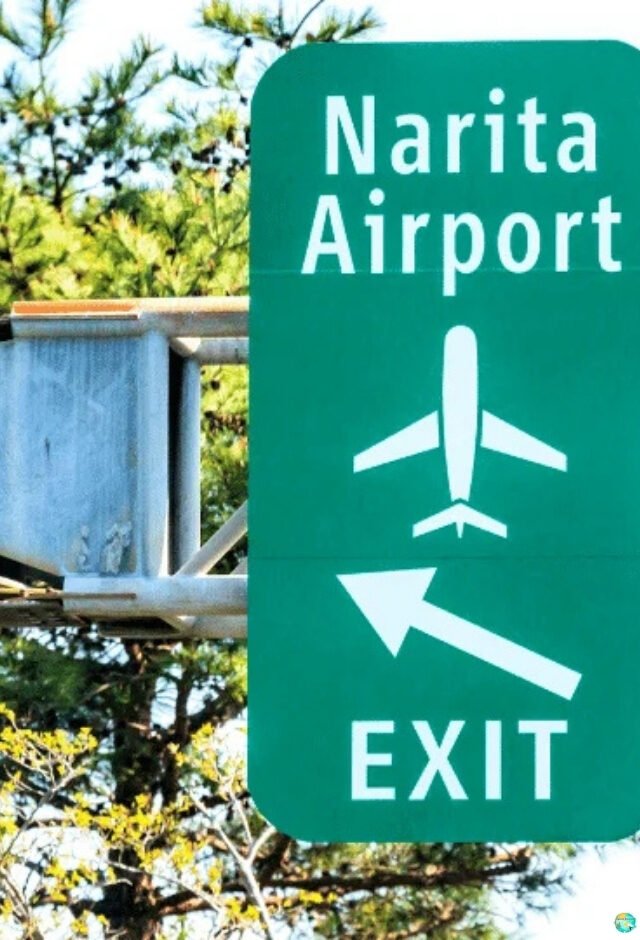
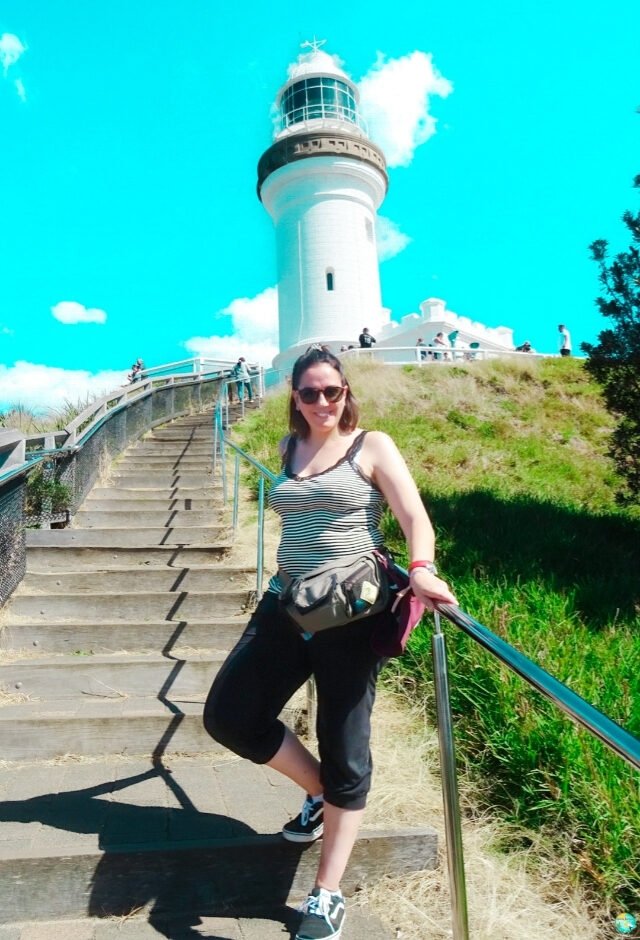

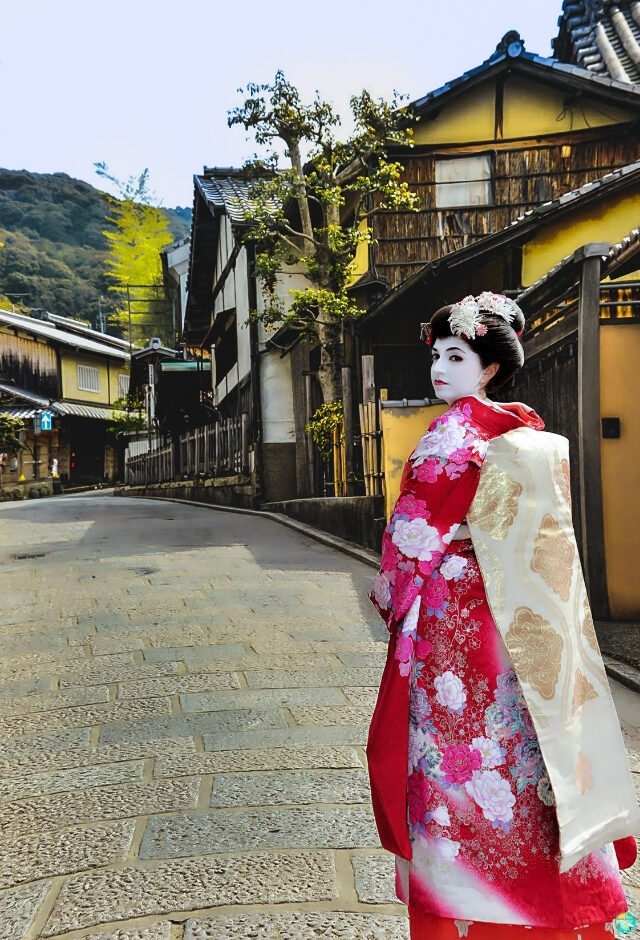


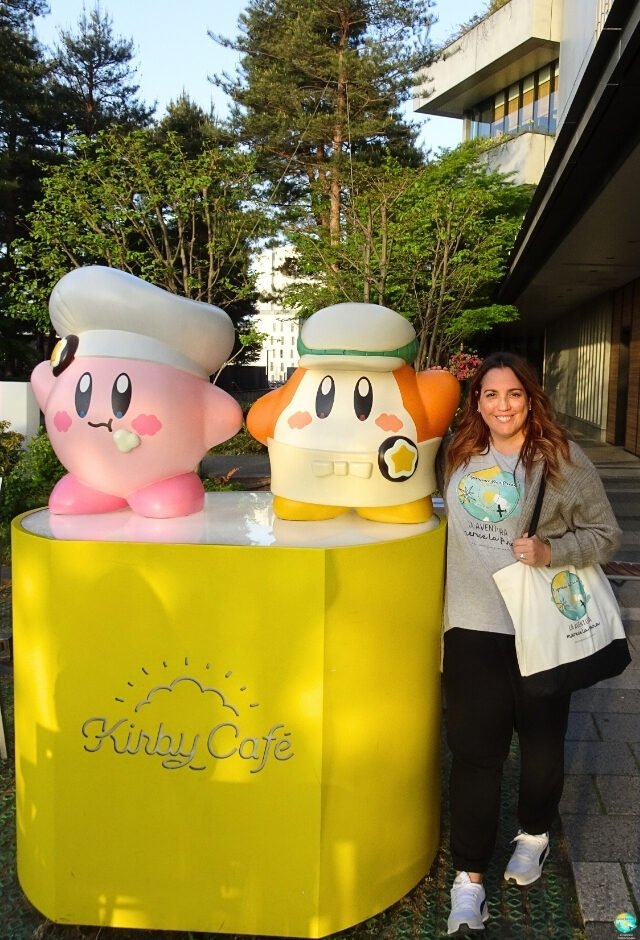


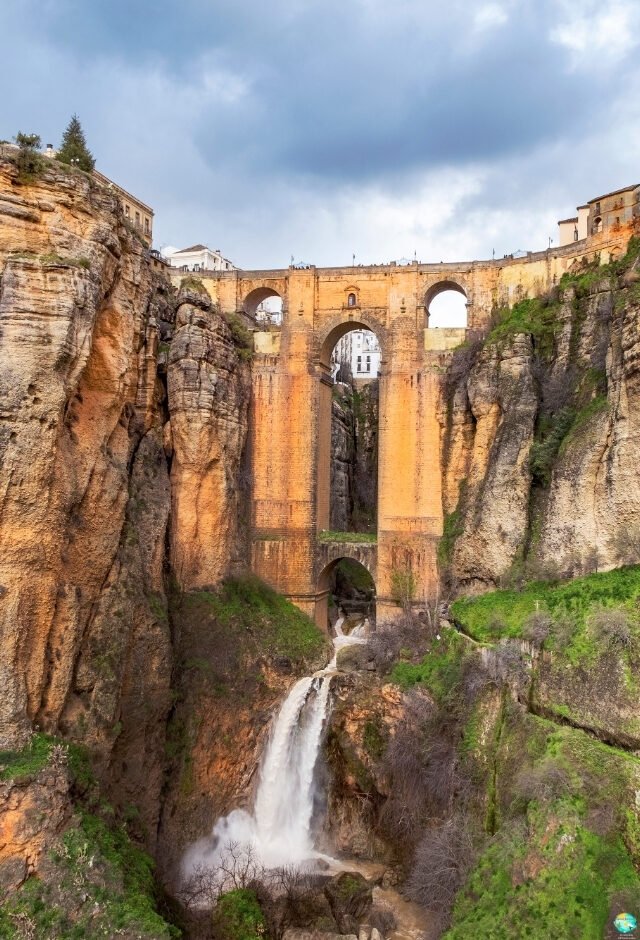
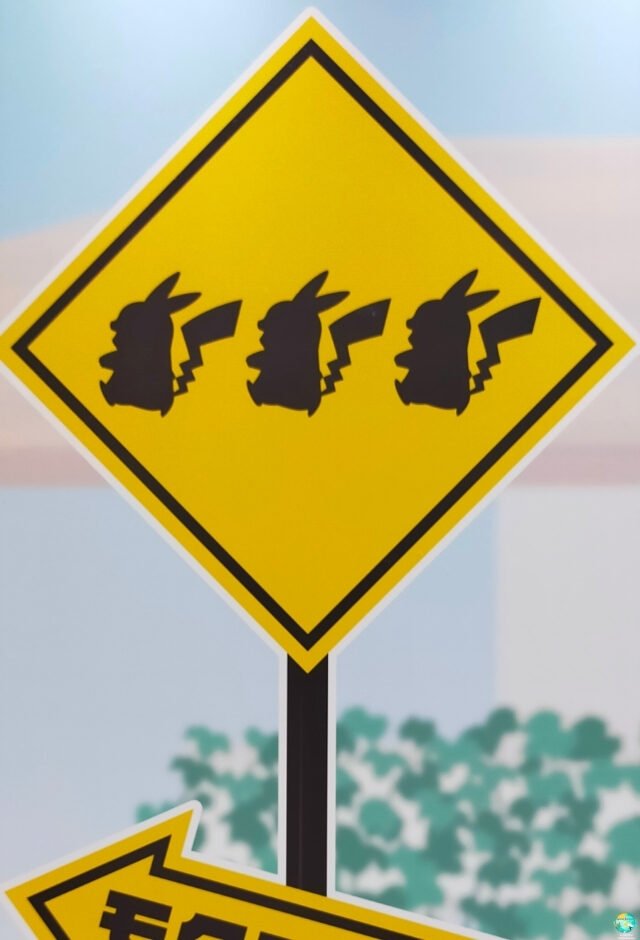
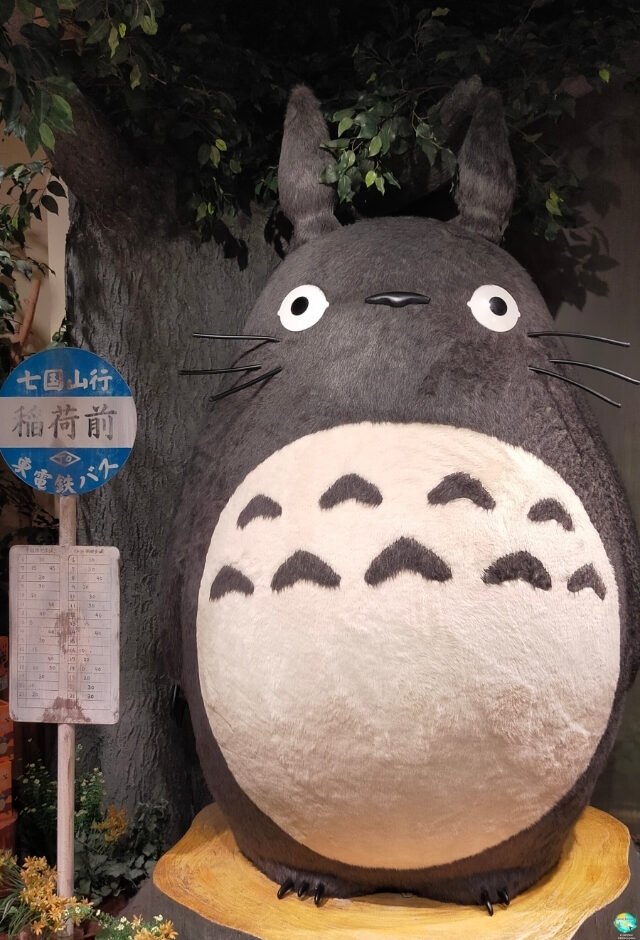
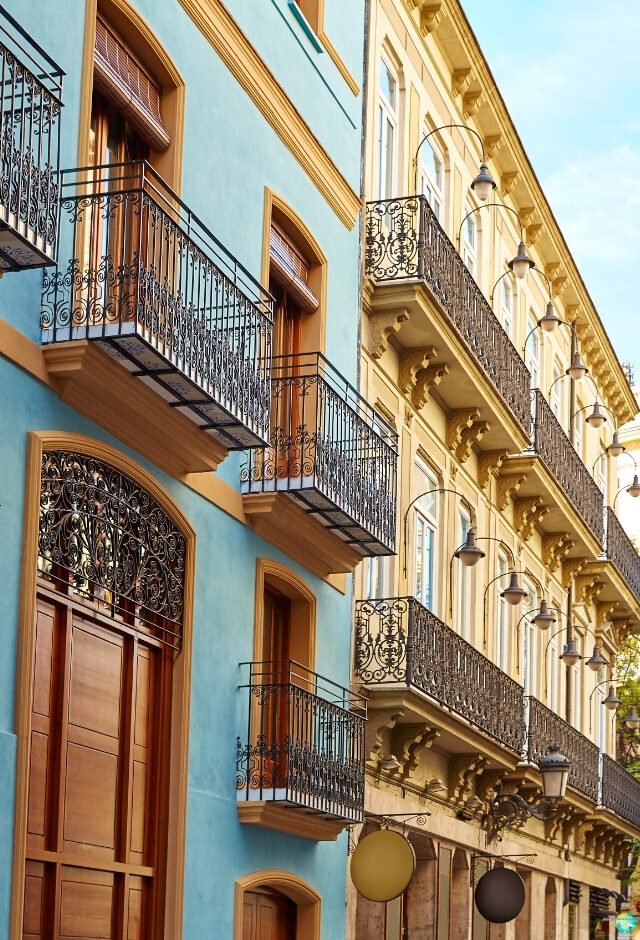
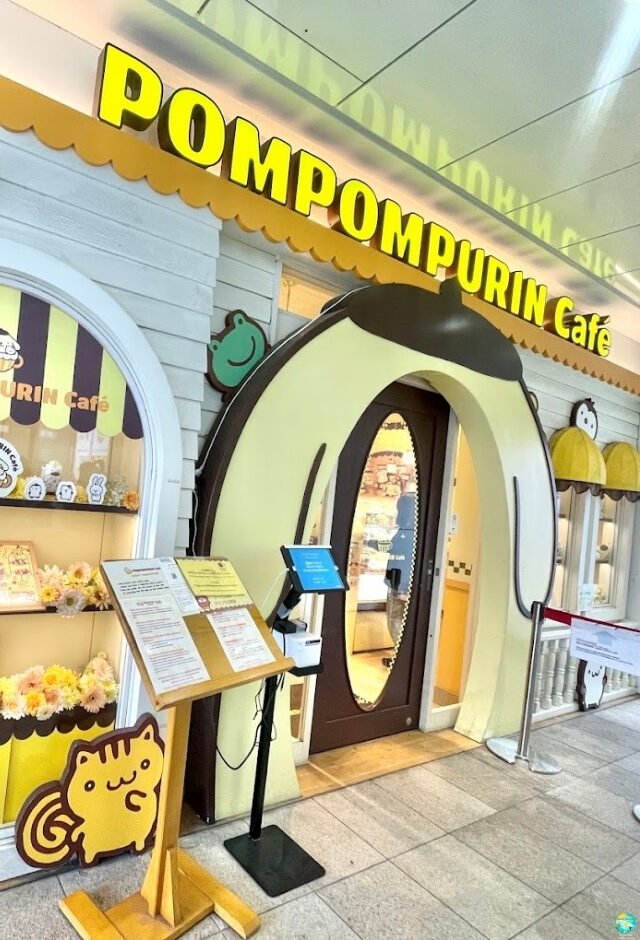



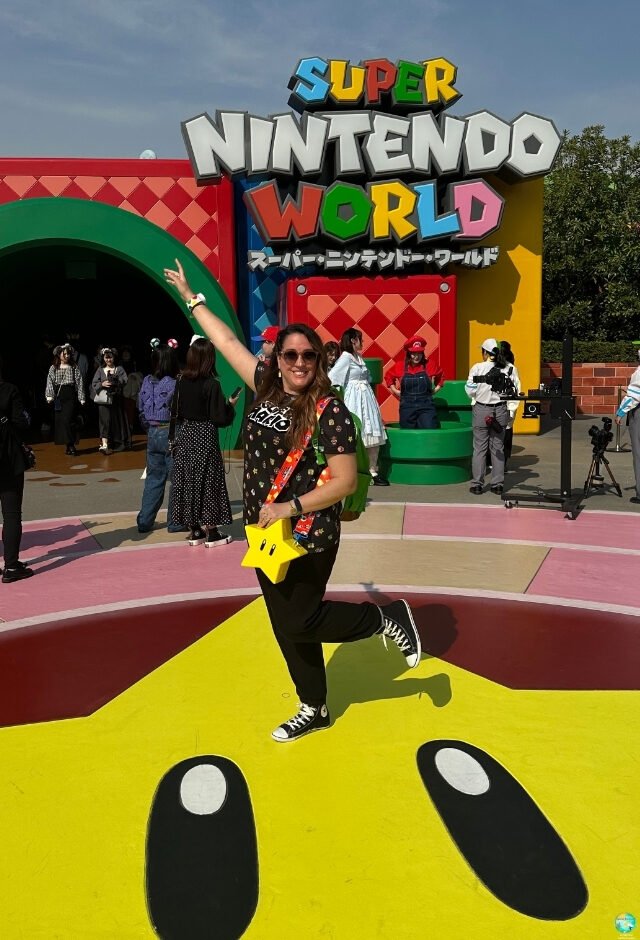
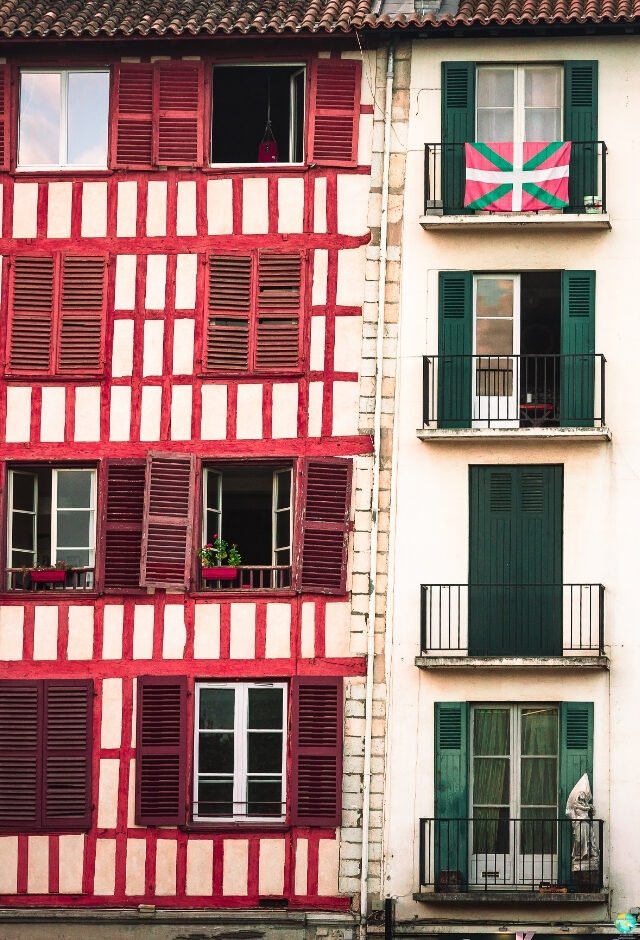
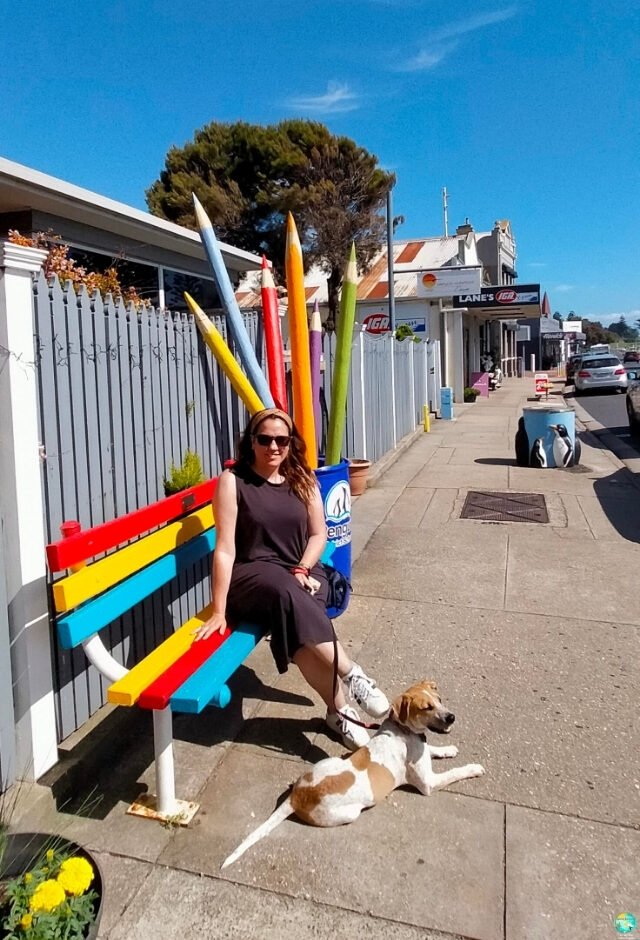
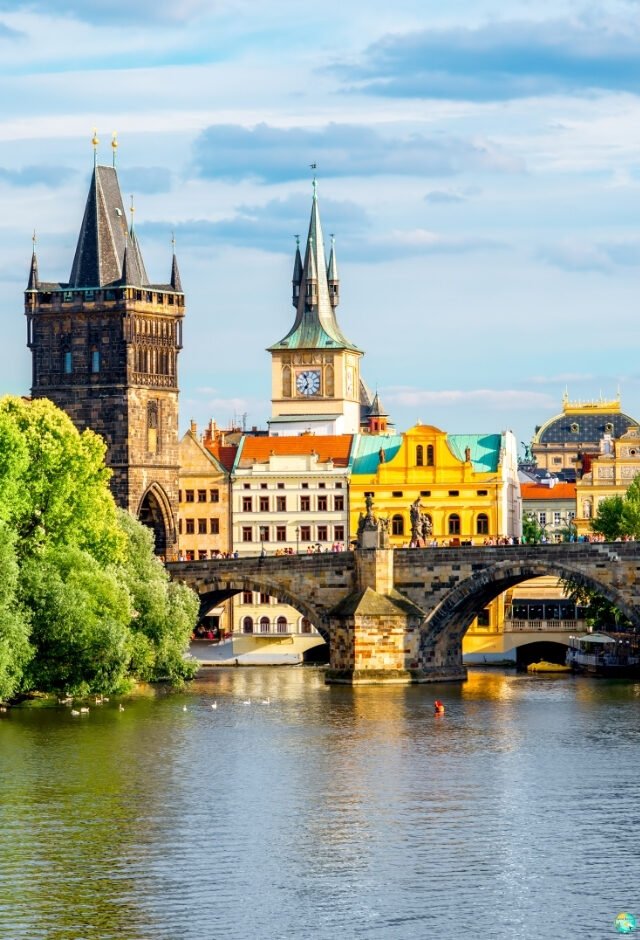
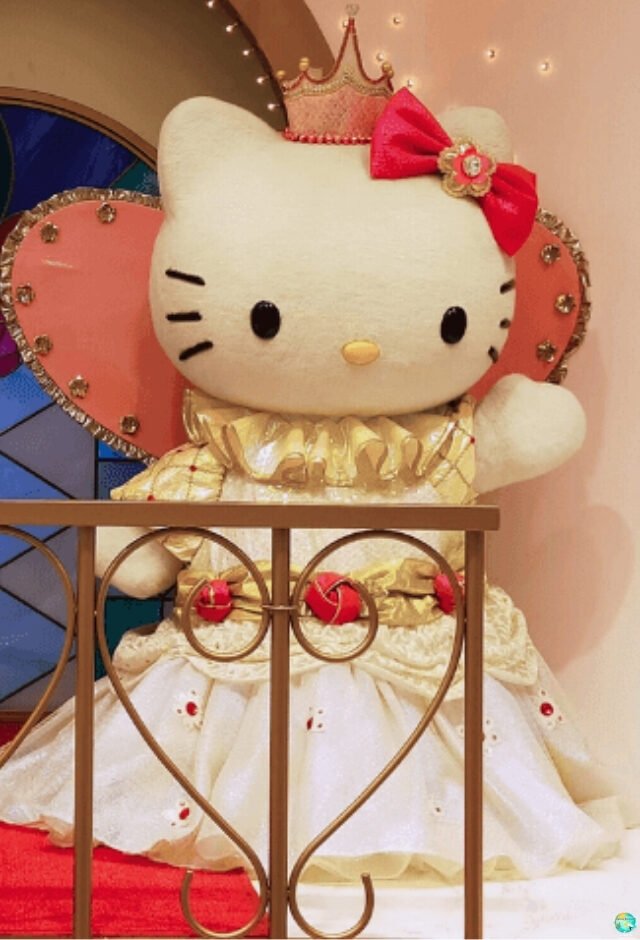




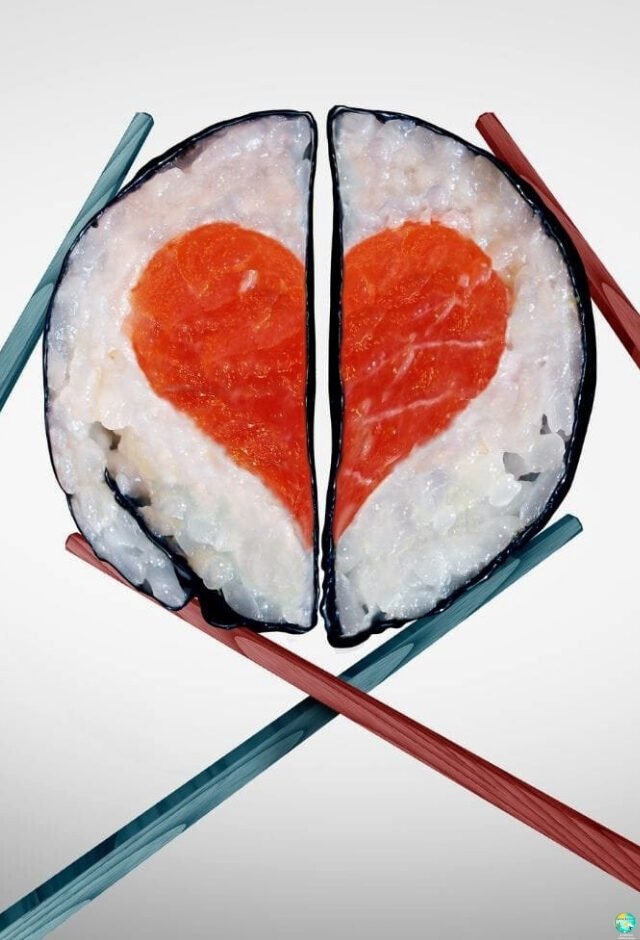
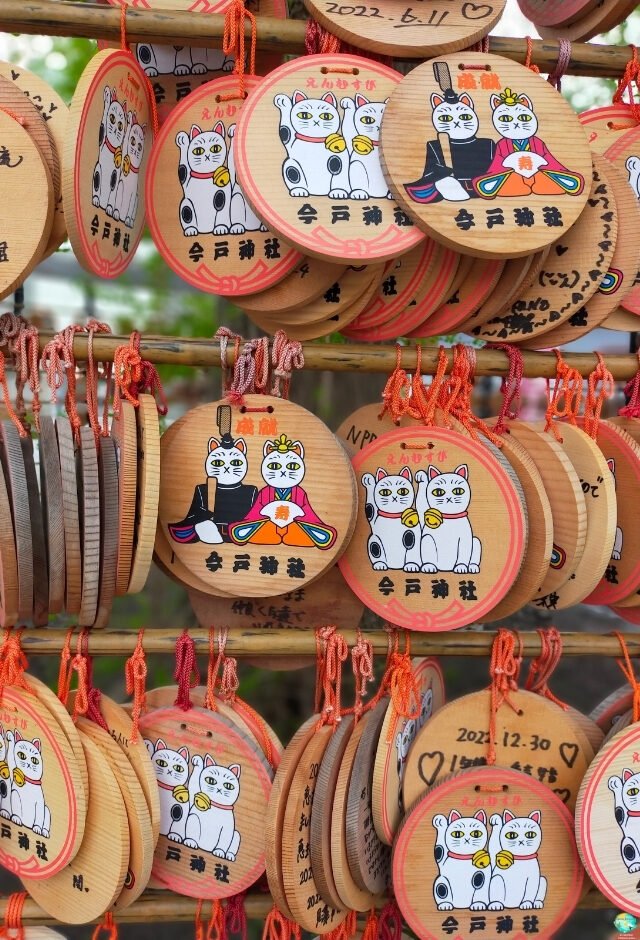
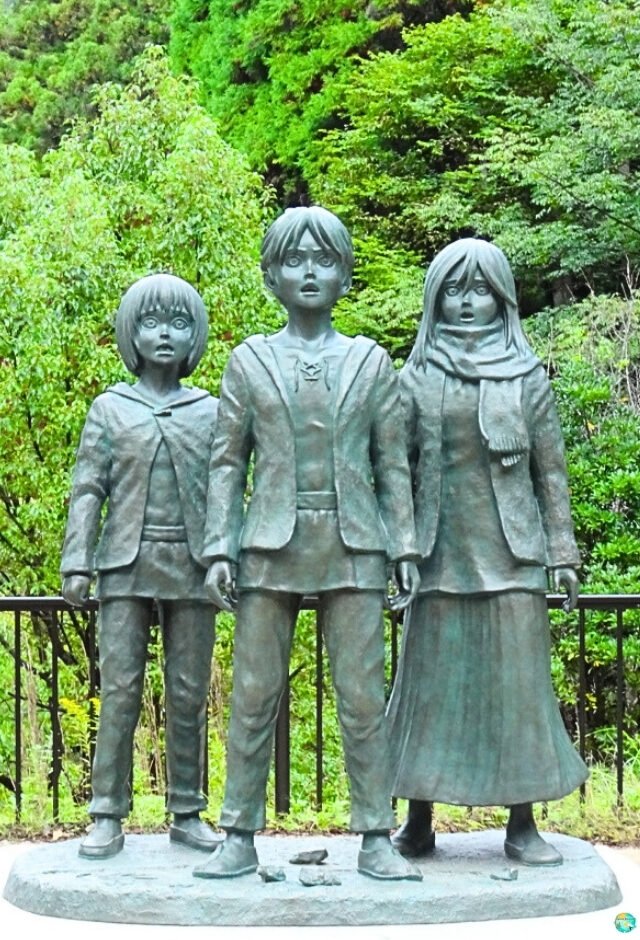
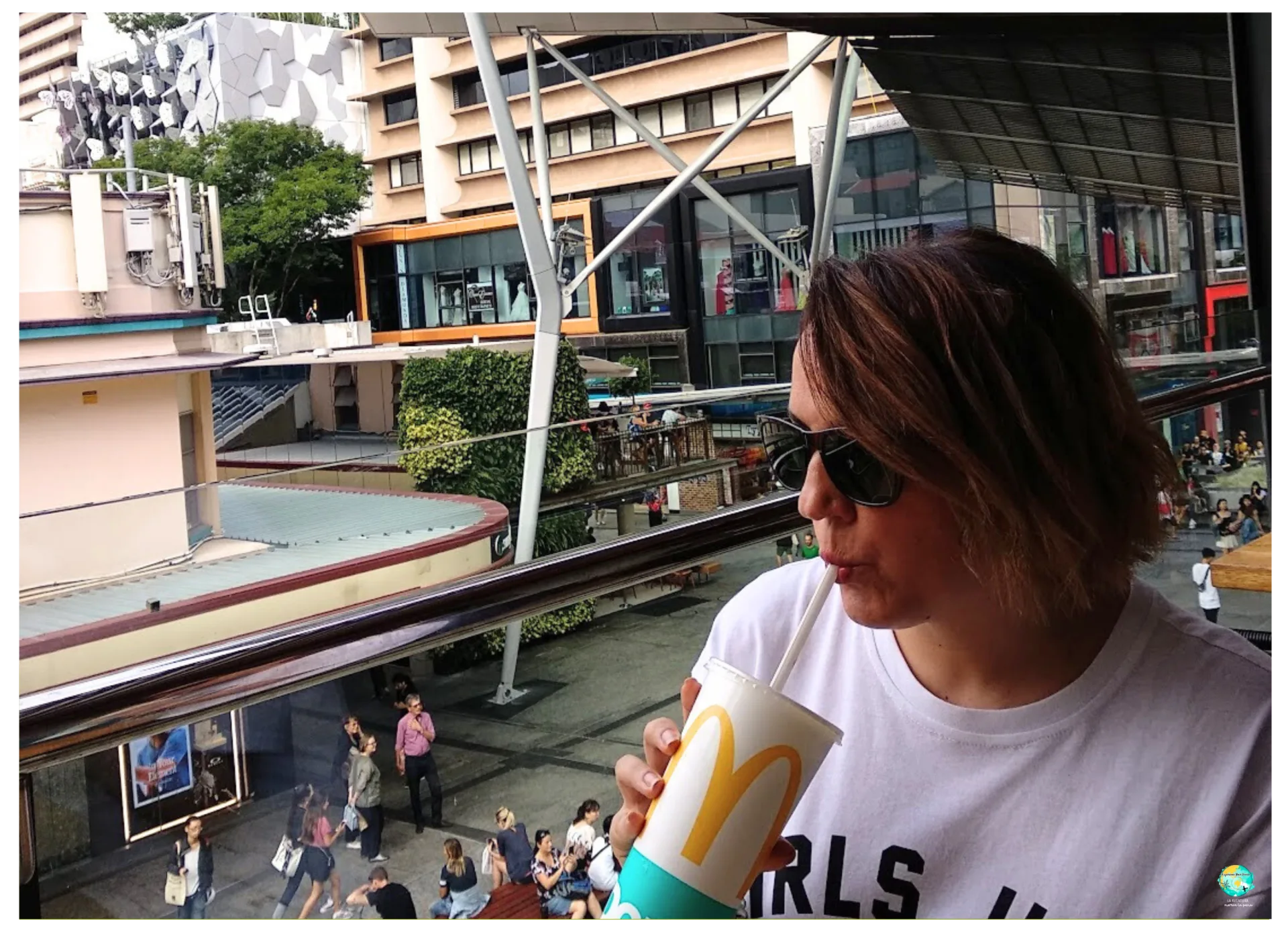

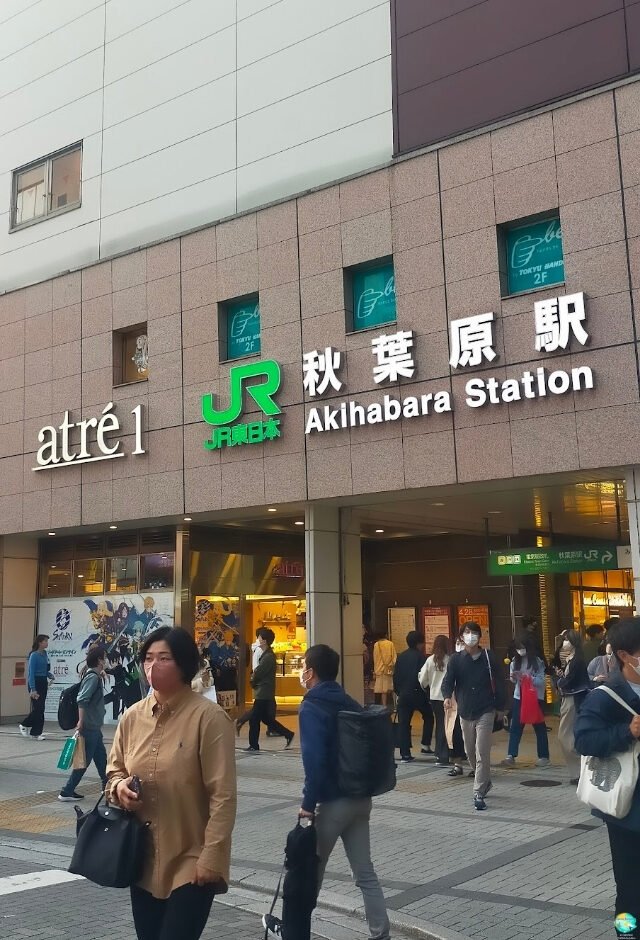

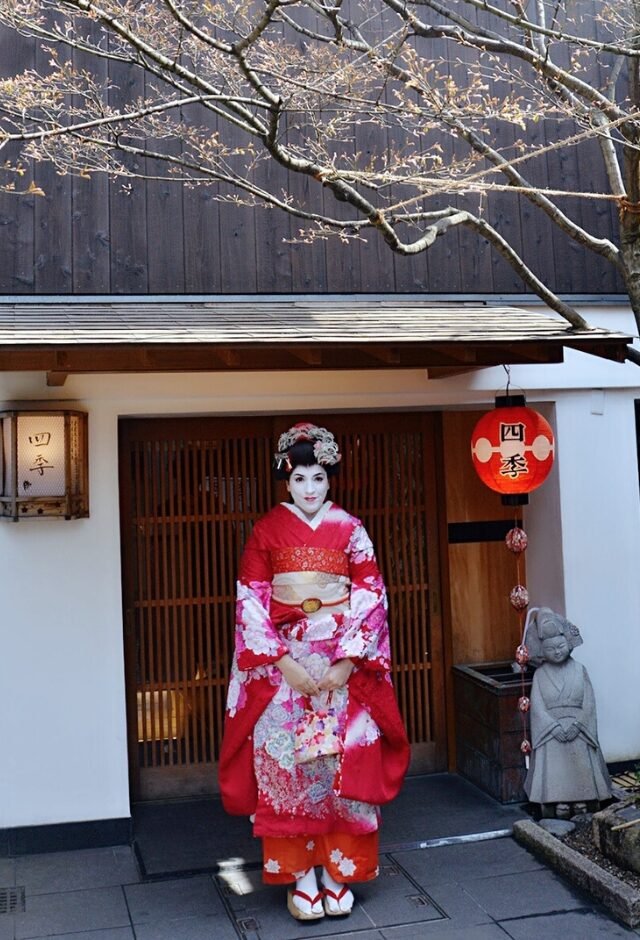



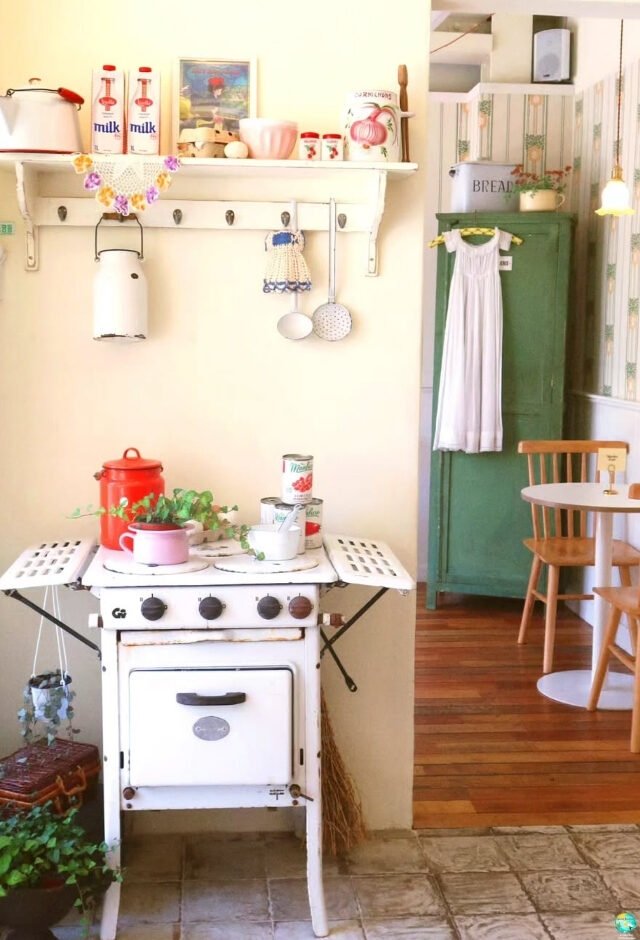
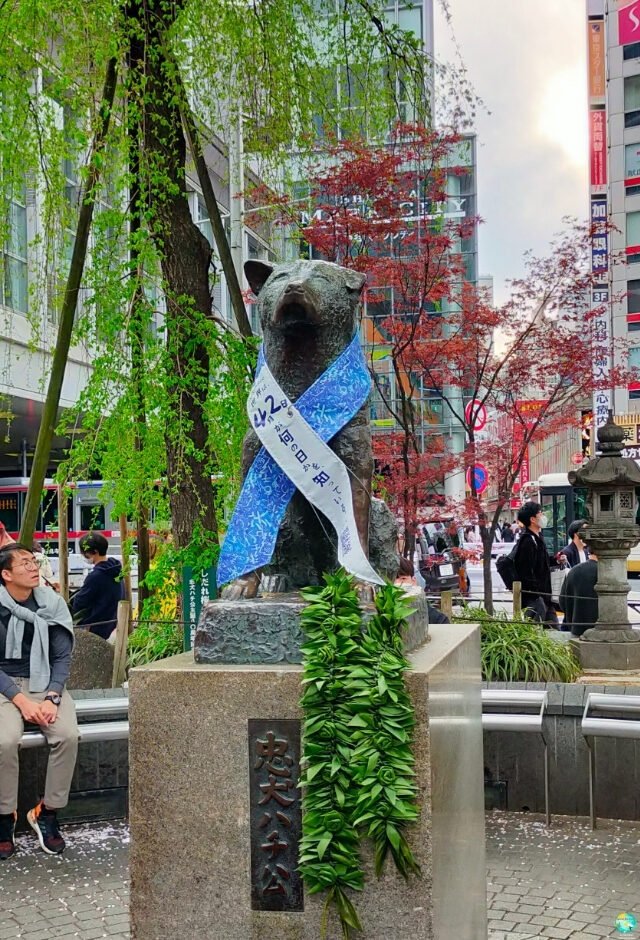
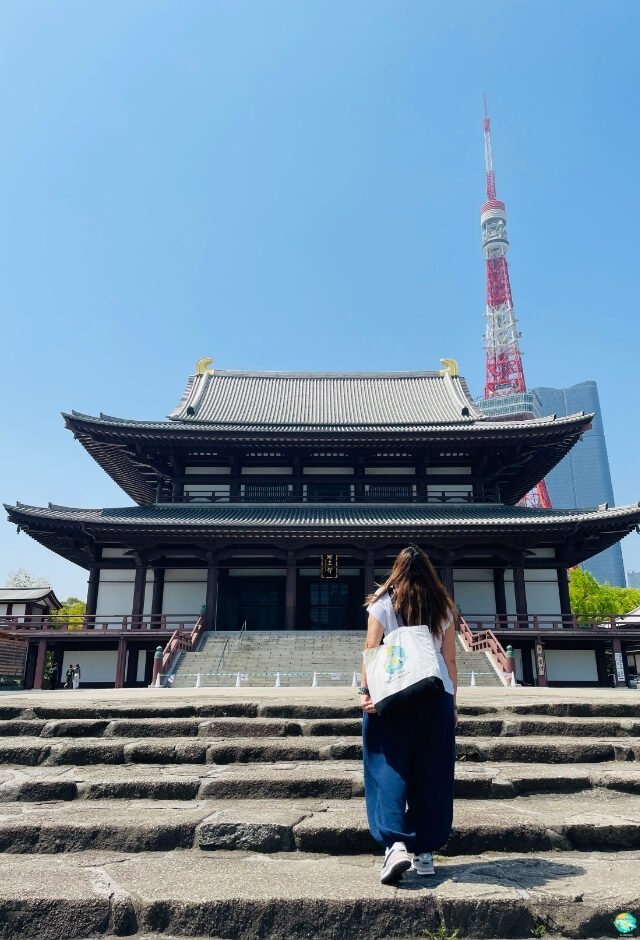

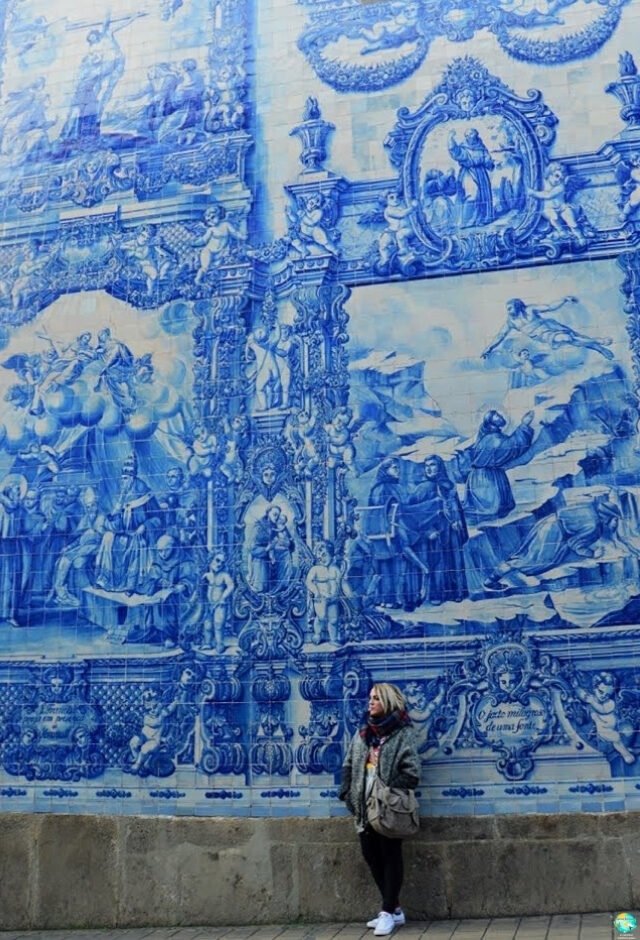

![Blog List Image ✈️ CÓMO ORGANIZAR UN VIAJE A NUEVA ZELANDA [ACTUALIZADO 2025]](https://experienceyourdream.com.au/wp-content/uploads/2025/06/Blog-List-Image-✈️-COMO-ORGANIZAR-UN-VIAJE-A-NUEVA-ZELANDA-ACTUALIZADO-2025.jpg)

